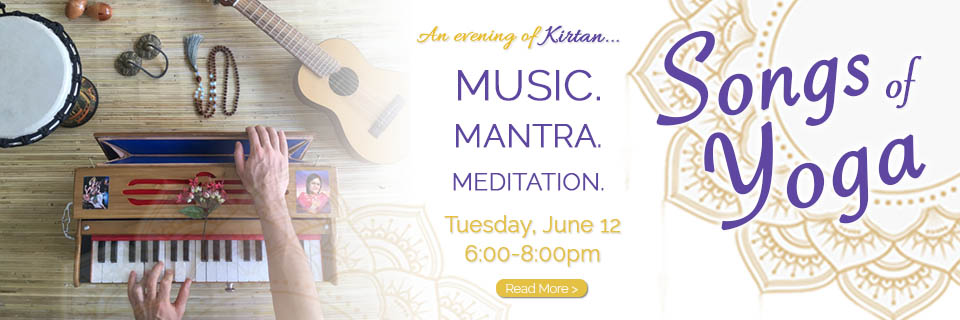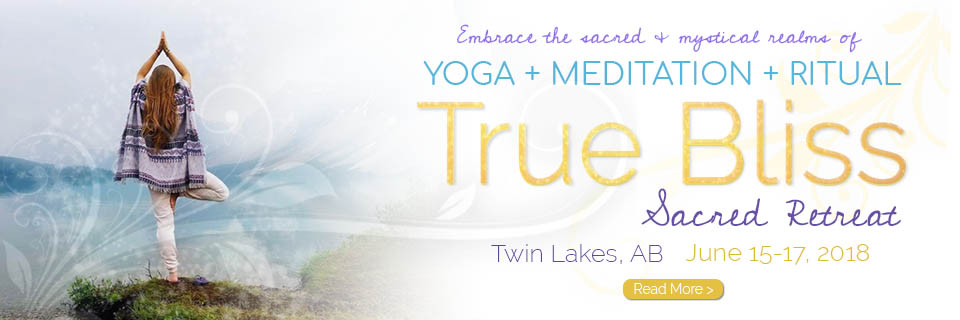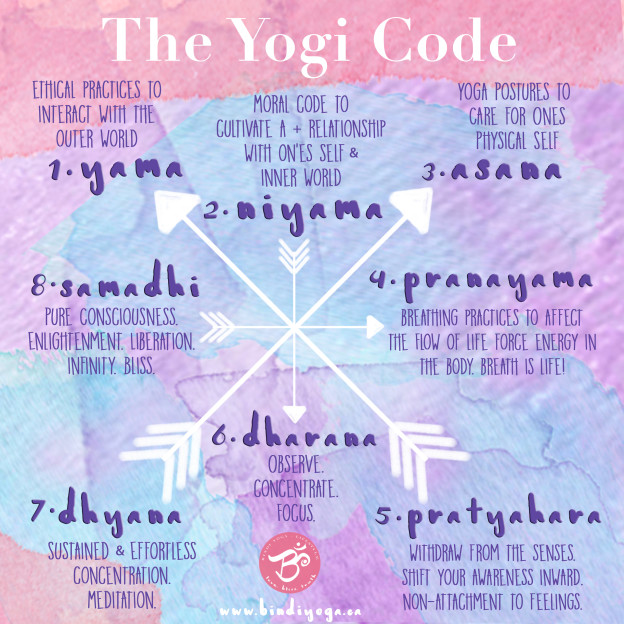The 8 Limbs of Yoga are outlined in detail in the roughly two thousand year old texts, the Yoga Sutras by Patanjali. These ancient texts are much like a yogis’ handbook; an instruction manual on how to live a happy, fulfilling, spiritual and peaceful life.
There is so much more to yoga than the familiar physical practice of yoga poses. There is a whole system to it, a yogi’s code, full of observances, ethics, practices and restraints to inspire you to embrace yoga as a lifestyle and help you navigate through life with ease.
1. Yama: Ethical practices to interact with the outer world.
The Yamas and Niyamas are the foundation of the 8 limbs of yoga, and are valuable steps to living a conscious life. They are a sum of values and virtues available to us, so we may relate with and co-exist peacefully with all beings, ourselves and with the planet. They can be broken down into 5 specific areas each:
a. Ahimsa: non-violence, non-aggression, compassion, forgiveness, kindness— love.
b. Satya: truth, honesty, sincerity, living your truth; your sacred purpose or dharma.
c. Asteya: non-stealing, take only what is offered – use only what is needed.
d. Brahmacharya: preservation of vital life force energy.
e. Aparigraha: non-greed, non-hoarding, non-collection, non-gluttony.
2. Niyama: A moral code of observances to cultivate a positive relationship with ones self and inner world.
a. Saucha: purity, cleanliness
b. Santosha: contentment, the art of being happy for no particular reason
c. Tapas: austerity, self-discipline, passion
d. Svhadyaya: Self-study, awareness of the Self, study of texts.
e. Isvara Pranidhana: devotion to divinity, celebrating the divinity and oneness within all beings, surrender to faith, contemplation of a higher power.
3. Asana: Yoga Poses
This is what we tend to think of yoga as in the west; people twisting their body into unique shapes. The physical yoga postures are only one limb of the 8 limbs of yoga which is the entire system and practice of yoga. Yoga poses, asanas’, care for our physical bodies; the vessel that our spirit resides in throughout this lifetime. Yoga poses strengthen and open our bodies, so we can be comfortable and healthy in our bodies, and so we are able to sit for periods of time in meditation.
4. Pranayama: Breathing Practices
The breath is critical for sustaining life. In yoga, we perform breathing exercises and techniques to circulate and direct our prana, the life force energy within all living beings and to calm and balance the mind and body.
5. Pratyahara: Withdrawal from senses.
After practicing yoga for a period of time, we naturally begin to withdraw from our sensory experience, meaning from the experiences of our 5 outward senses, and our attention is drawn inward, focusing on our inner experience.
6. Dharana: Concentration
When we concentrate, we free the mind of senseless chatter. We experience mental clarity. In yoga, we practice focus, observation and concentration. Our focus can be directed either inwardly (like in yoga nidra on various parts of the body, or outwardly, by finding our drishti, a single point of focus to gaze upon, to help us balance in yoga poses.
7. Dhyana: Meditation
Meditation is a state of being; it is an experience of nothingness and infinity simultaneously, without effort or thought. It is zen. It is absorption into pure silence and stillness. Everyone experiences meditation in many different ways. For some of us, it’s gazing into the heart of a setting sun, for others it is through dance, or through art. It is the experience of being so deeply absorbed into what is happening. It is thoughtless, and timeless.
8. Samadhi: Bliss | Enlightenment
Bliss, or enlightenment, is the ultimate goal of yoga. Bliss occurs through the transcendence of the ego. Upon the divine realization of the ultimate oneness of all. It is the purest state of being.
Your Yogi Challenge:
I invite you to practice the 8 limbs of yoga. Begin with the Yamas. Study them. Learn them. Memorize them. And practice them every day for a week, both on and off the mat. Master them. And the following week, move on to the Niyamas. Then asana. And so on, until you yourself, experience Divine Bliss.
These 8 Limbs of Yoga, from the Yamas to Samadhi, are like a pyramid or stepping stones to living a happy, fulfilling, peaceful and spiritual life. Allow the 8 Limbs of Yoga, this Yogi Code, to be your compass as you navigate through life.






Pingback: Author